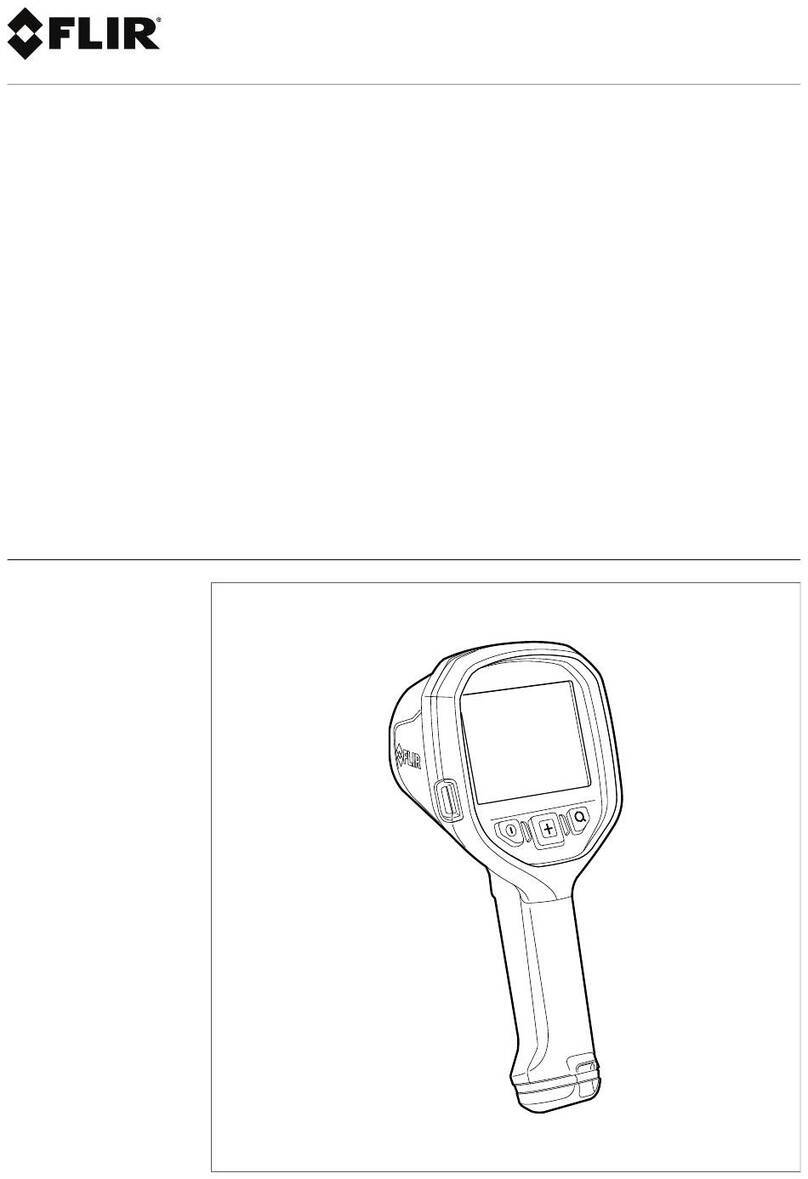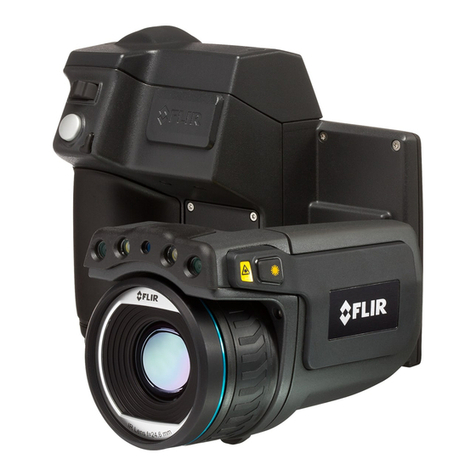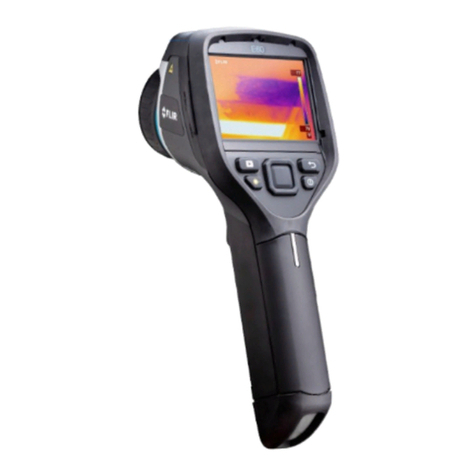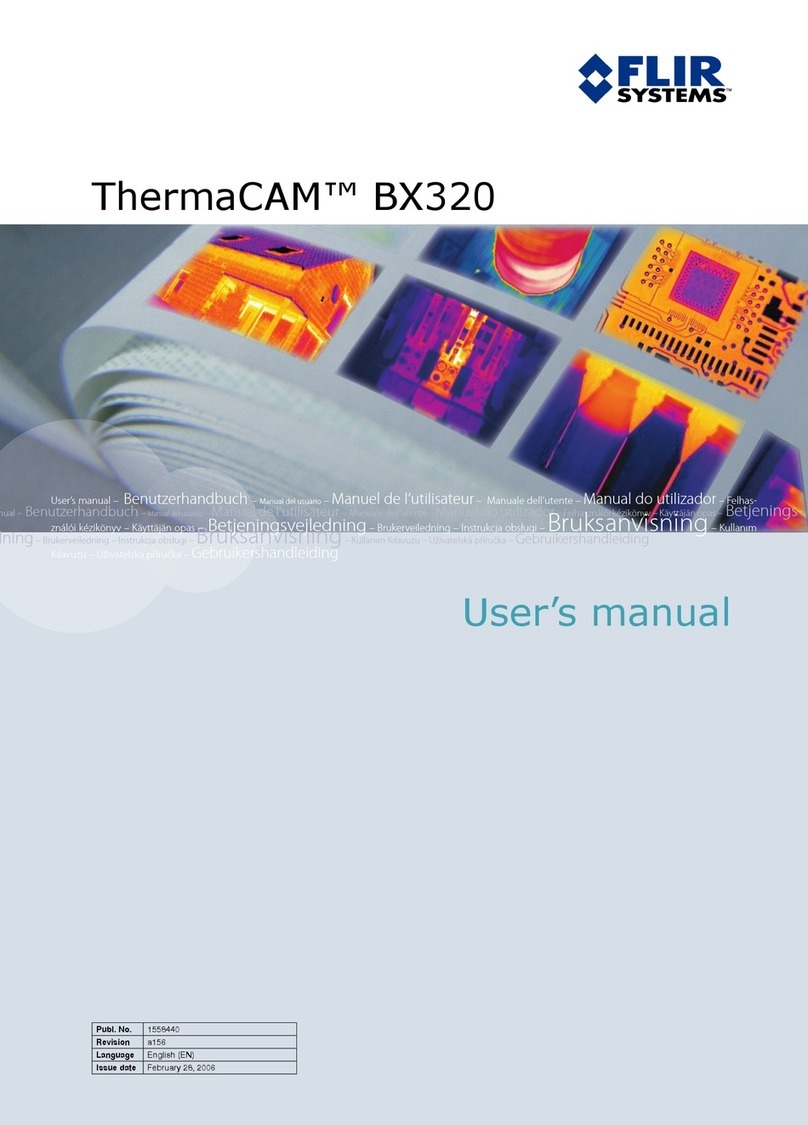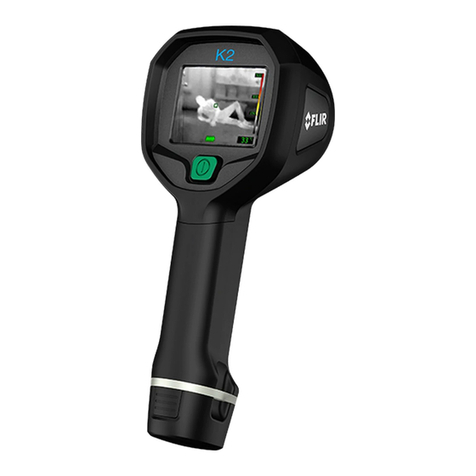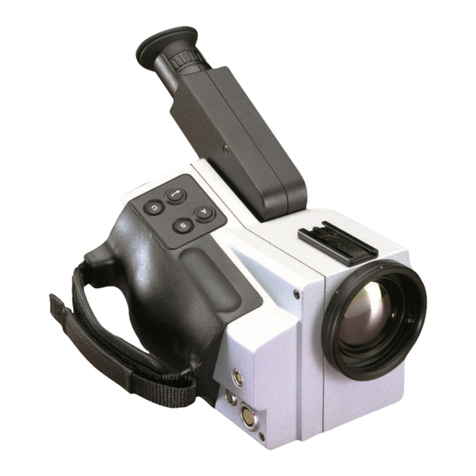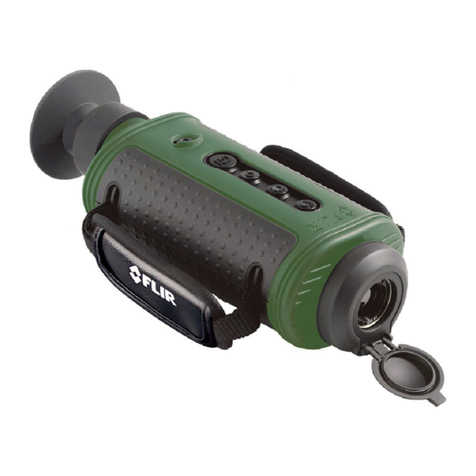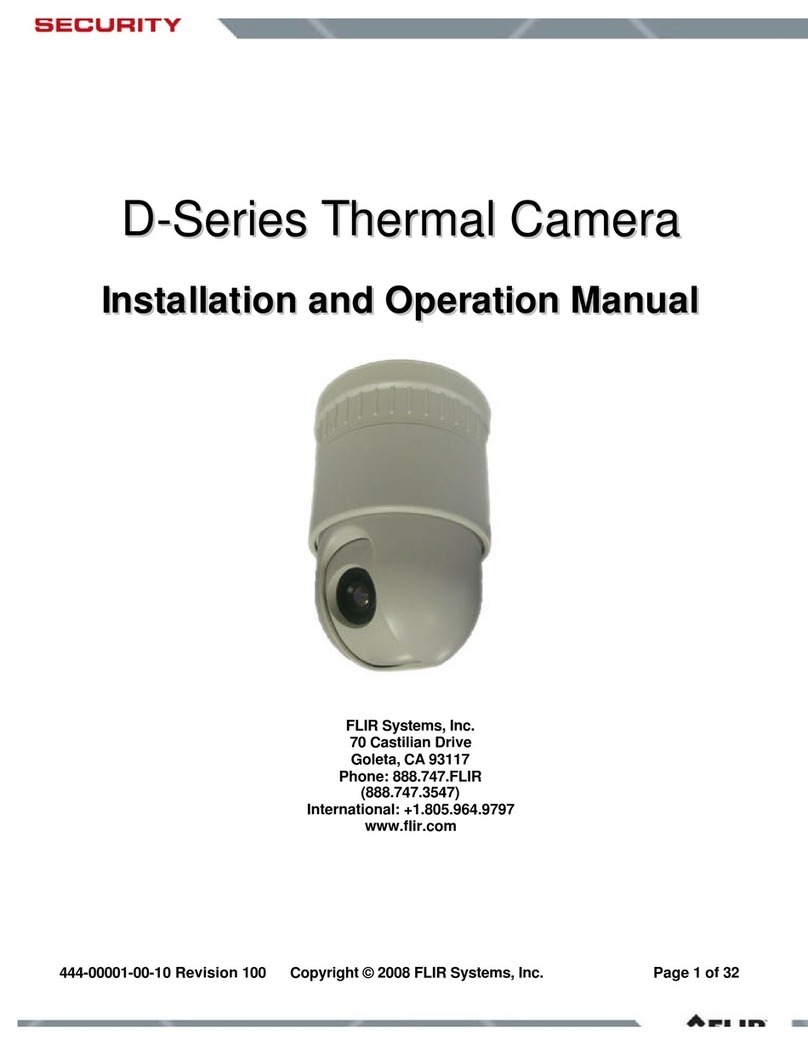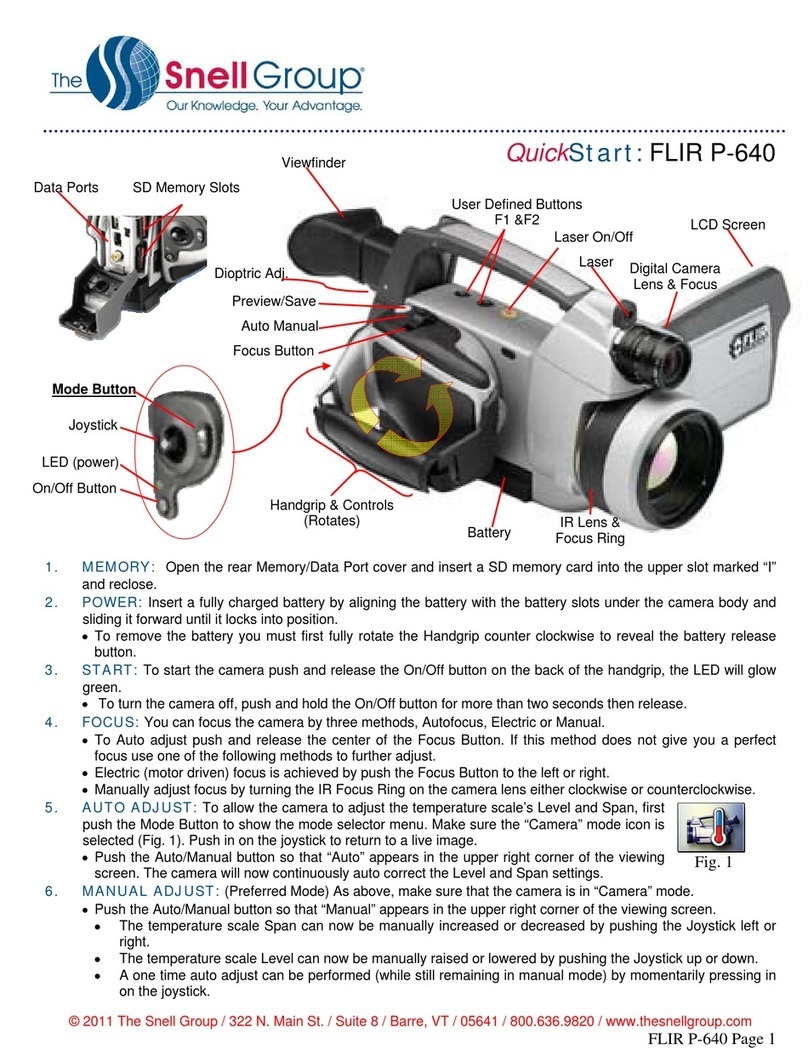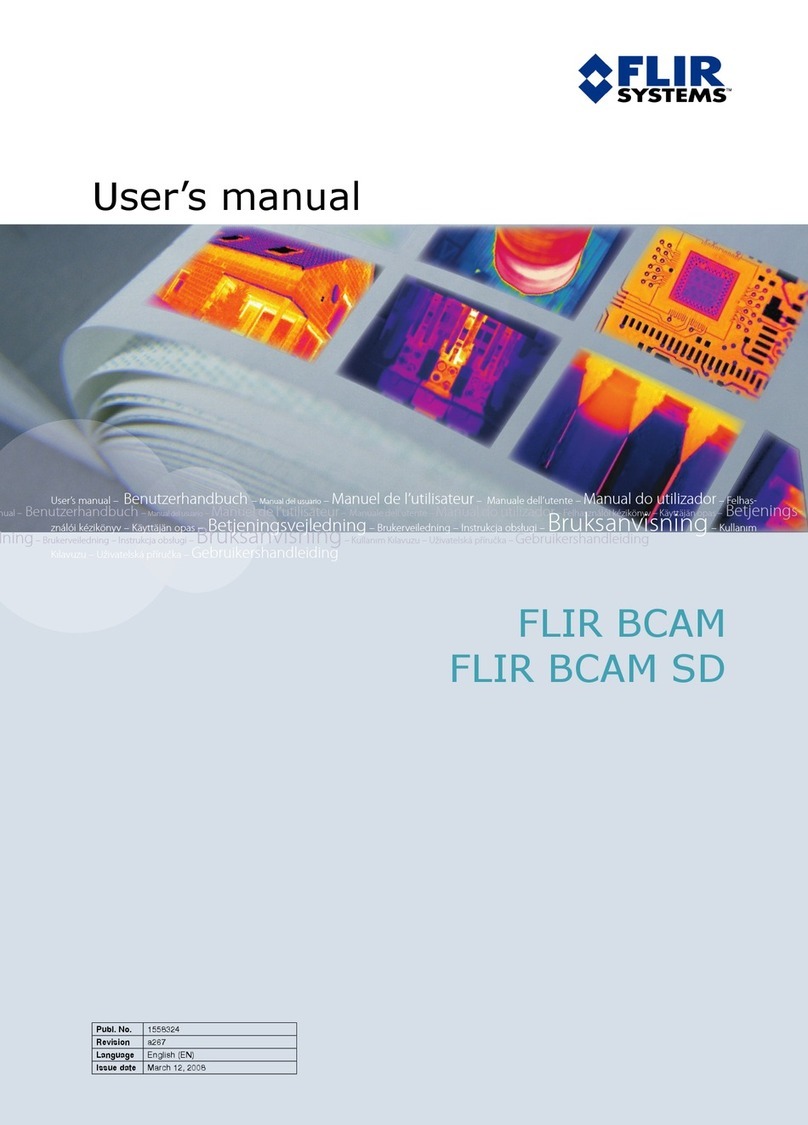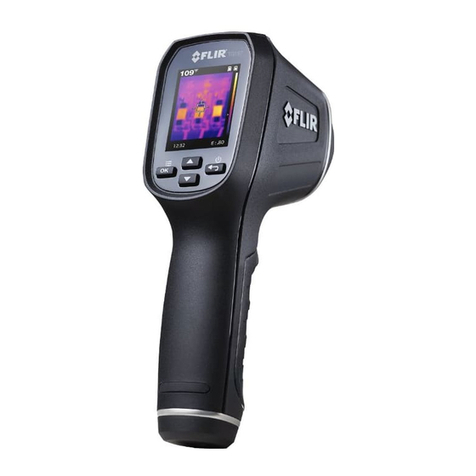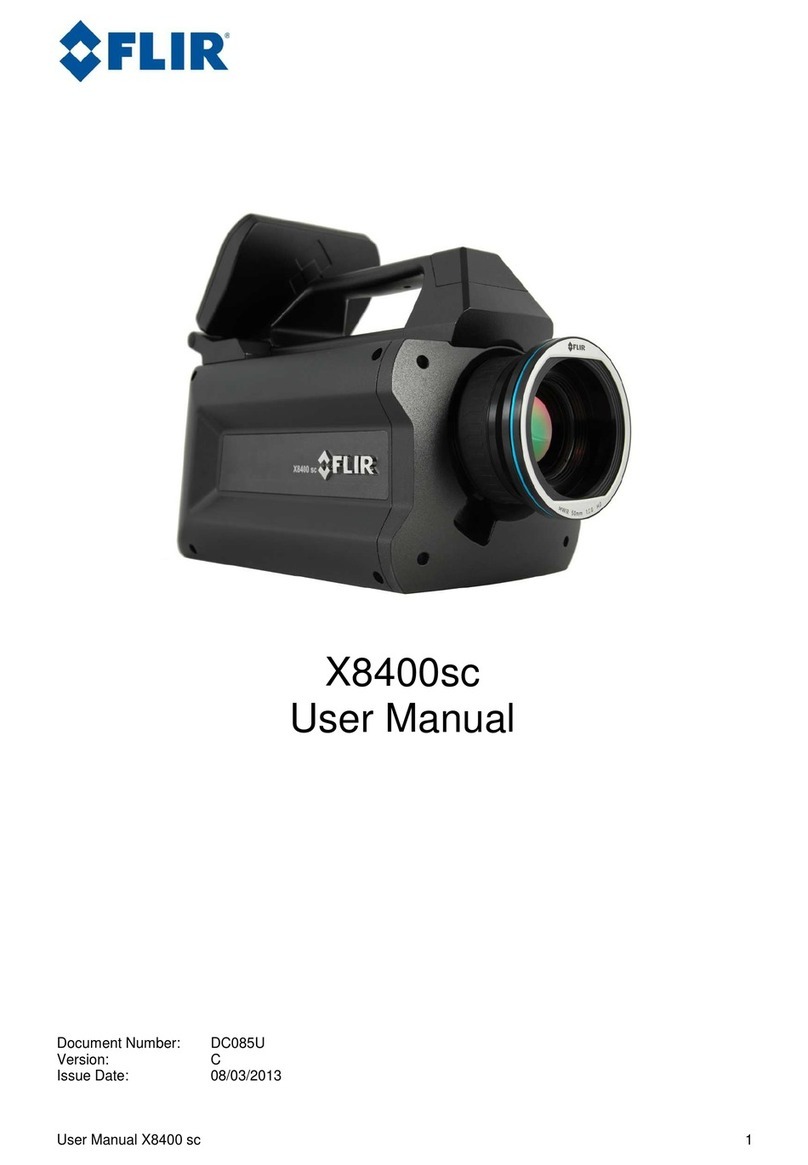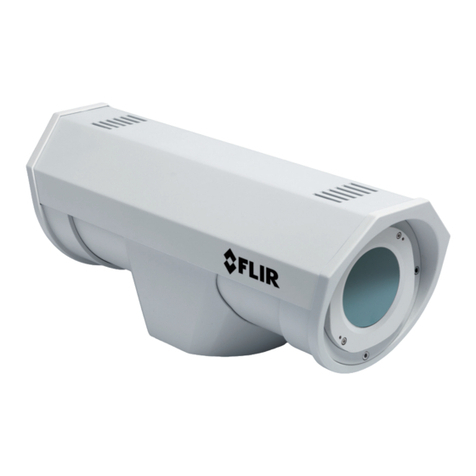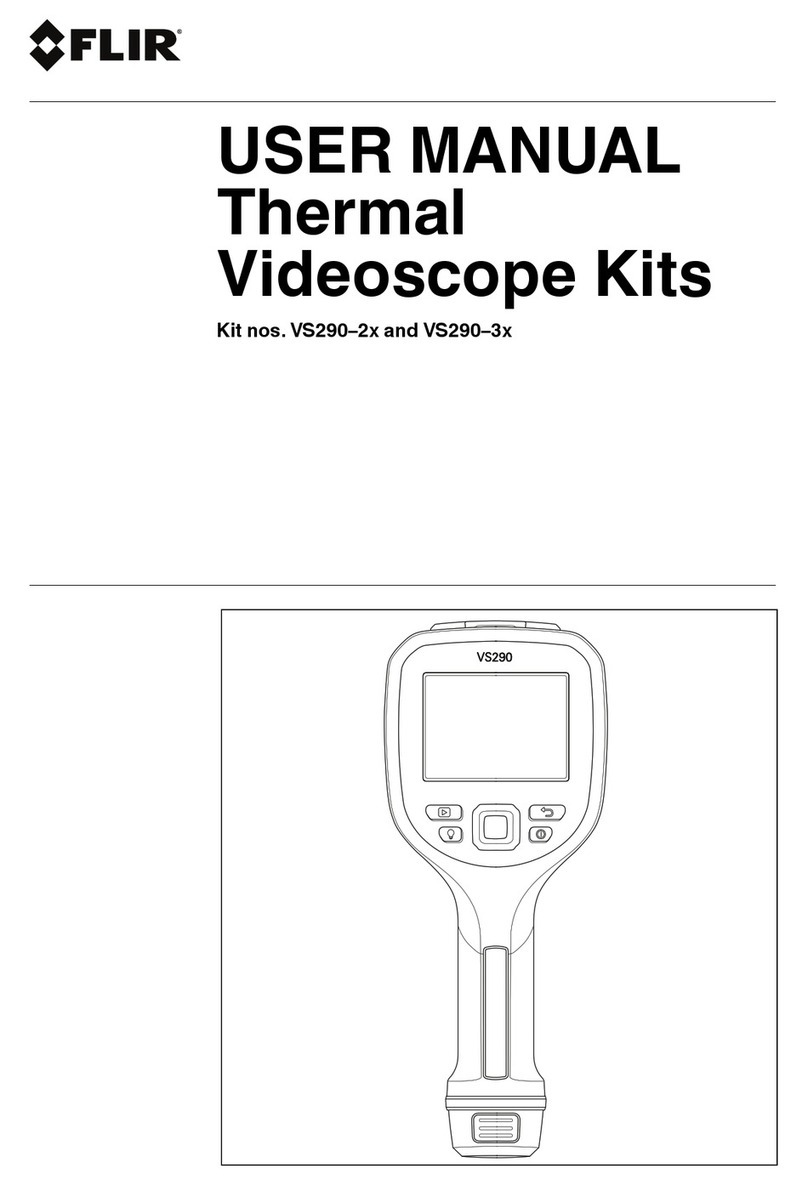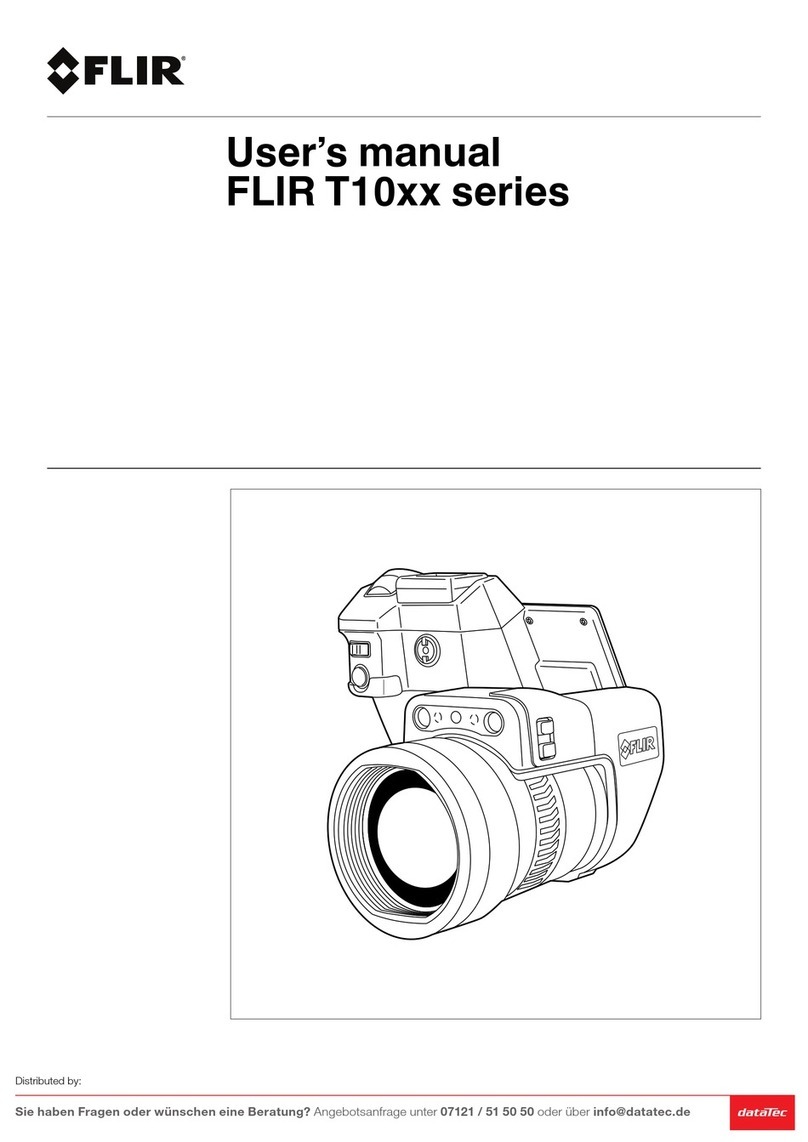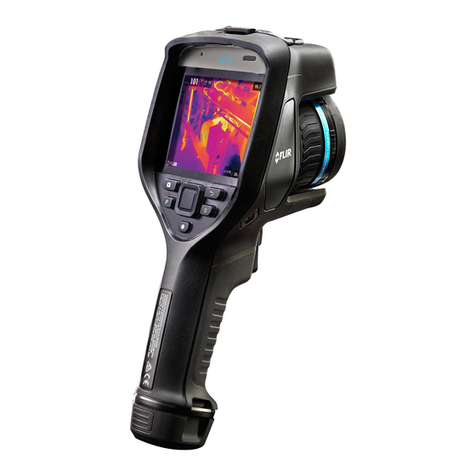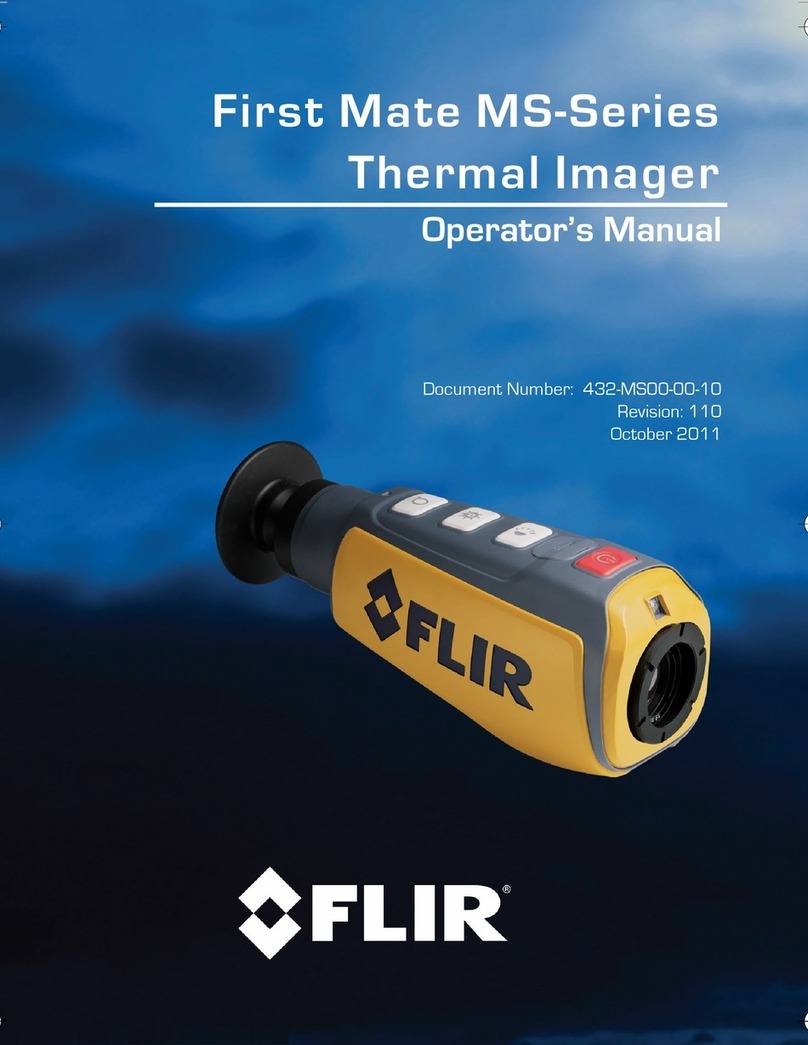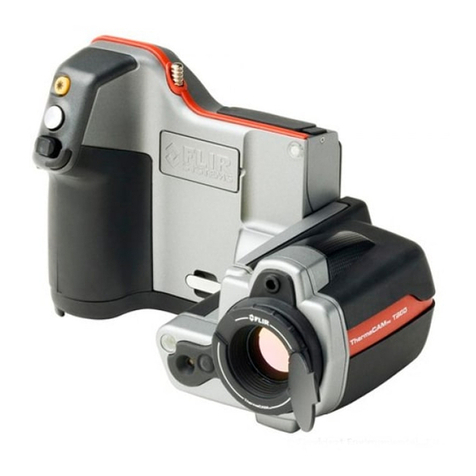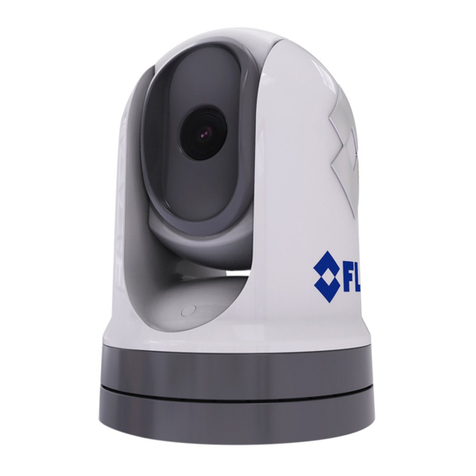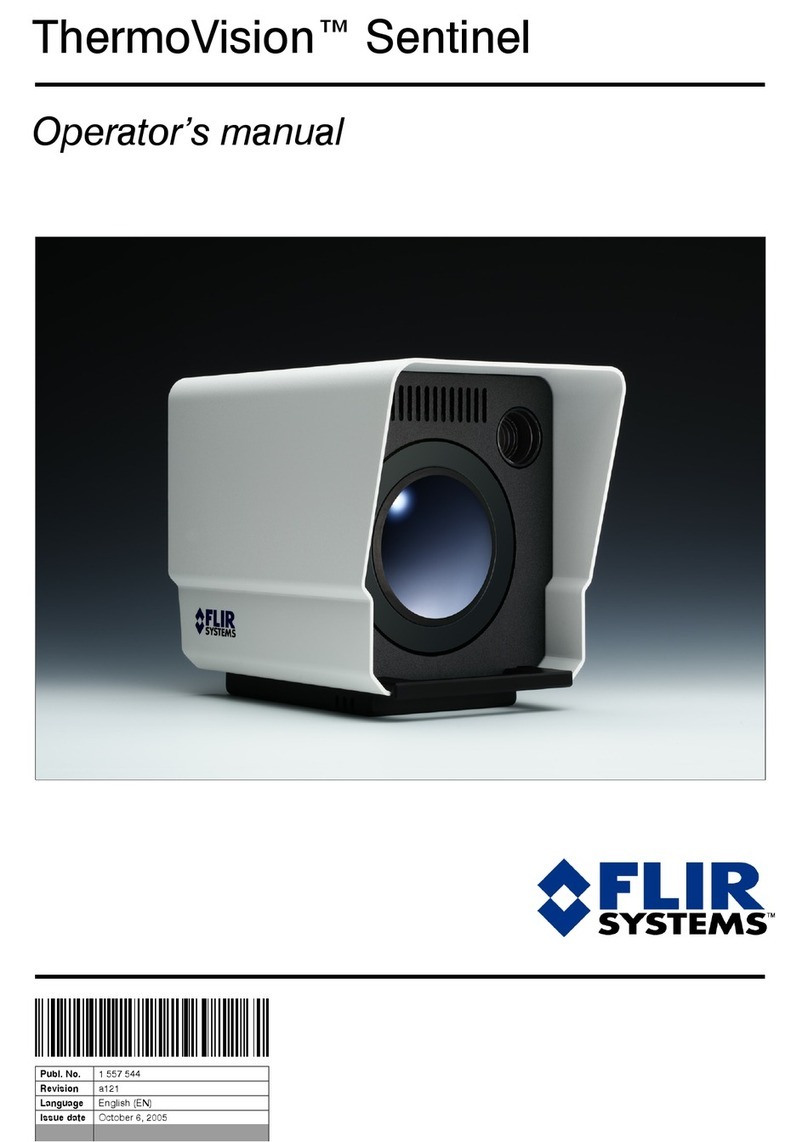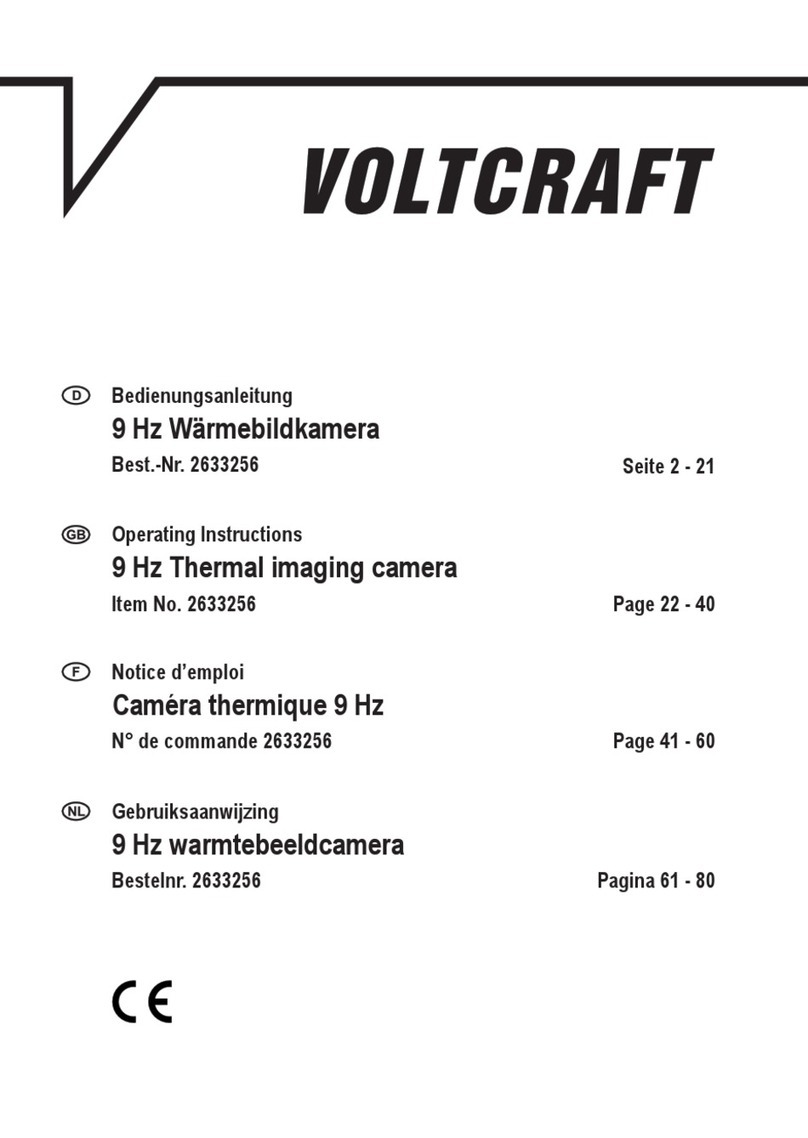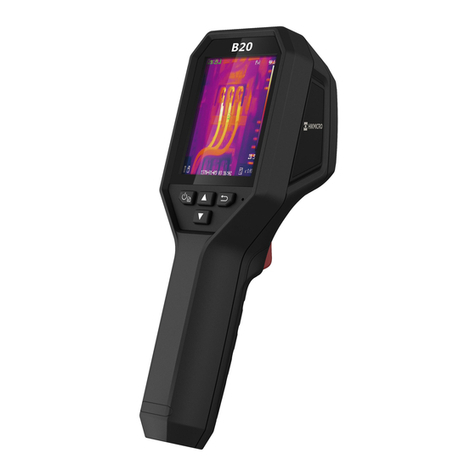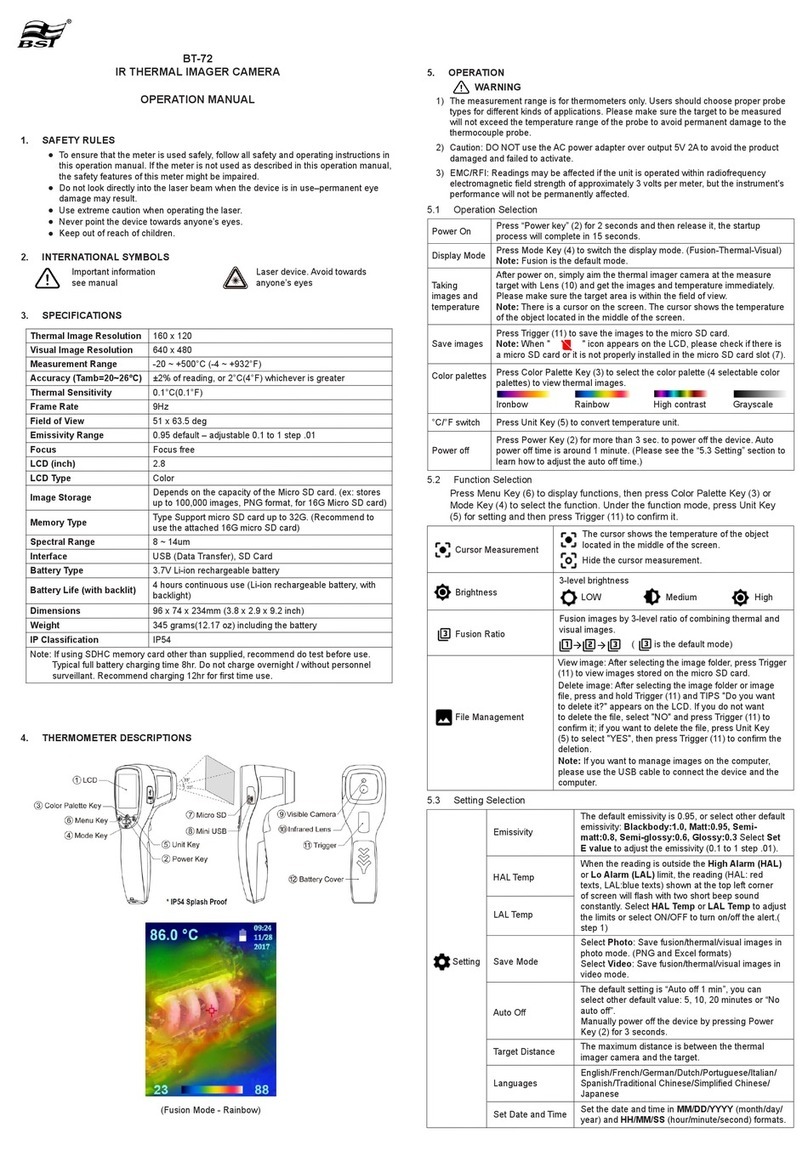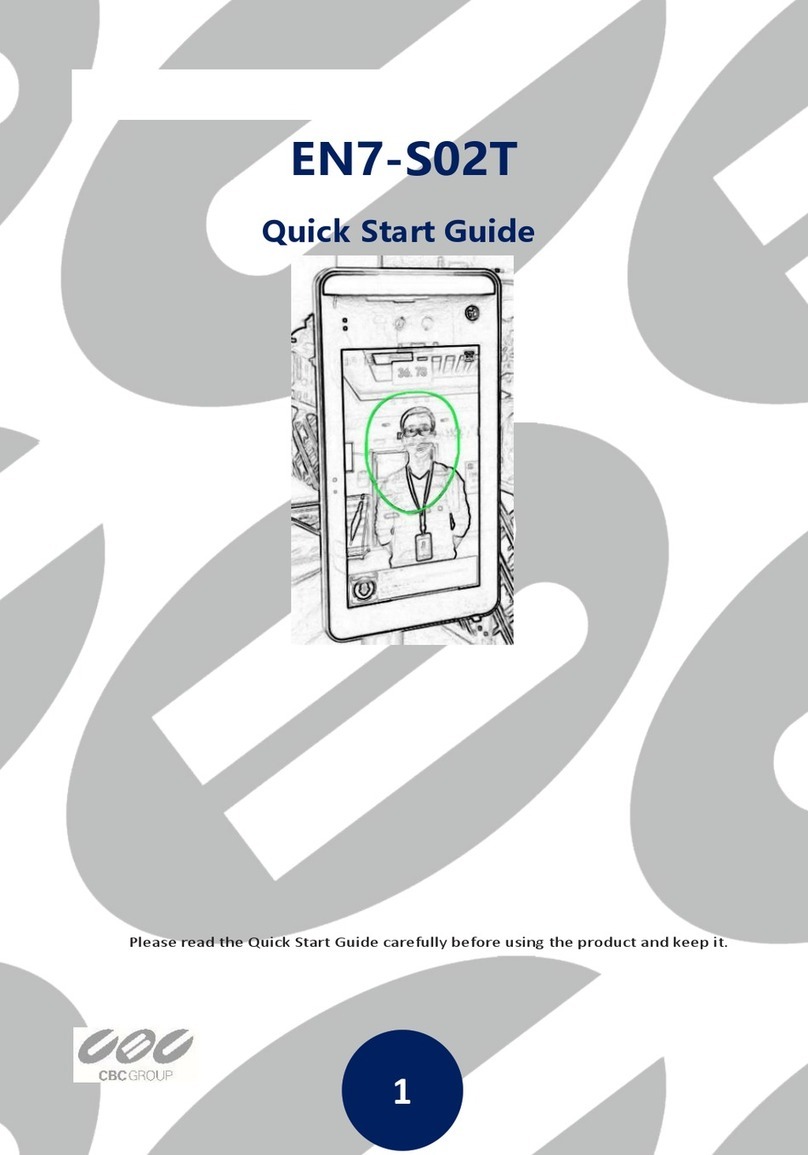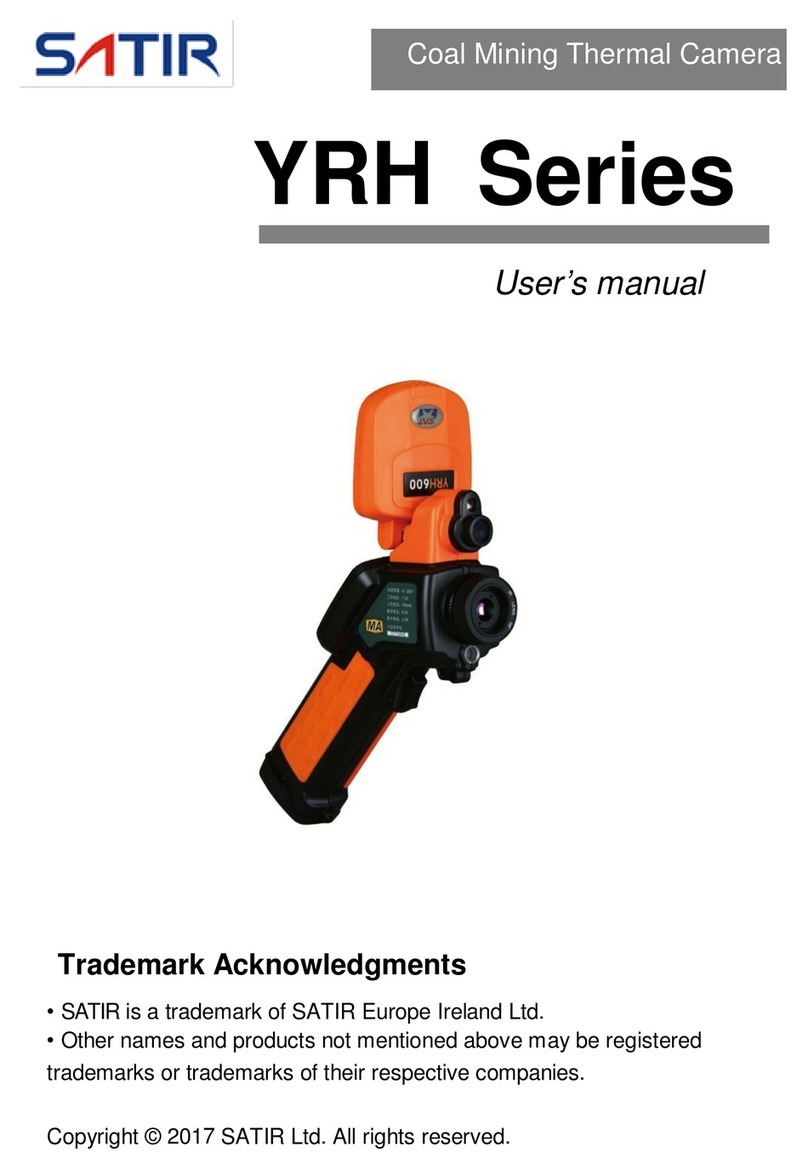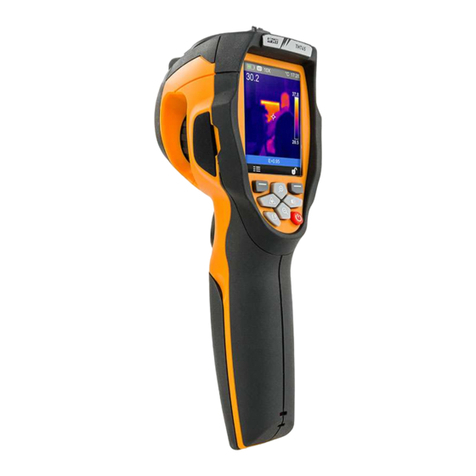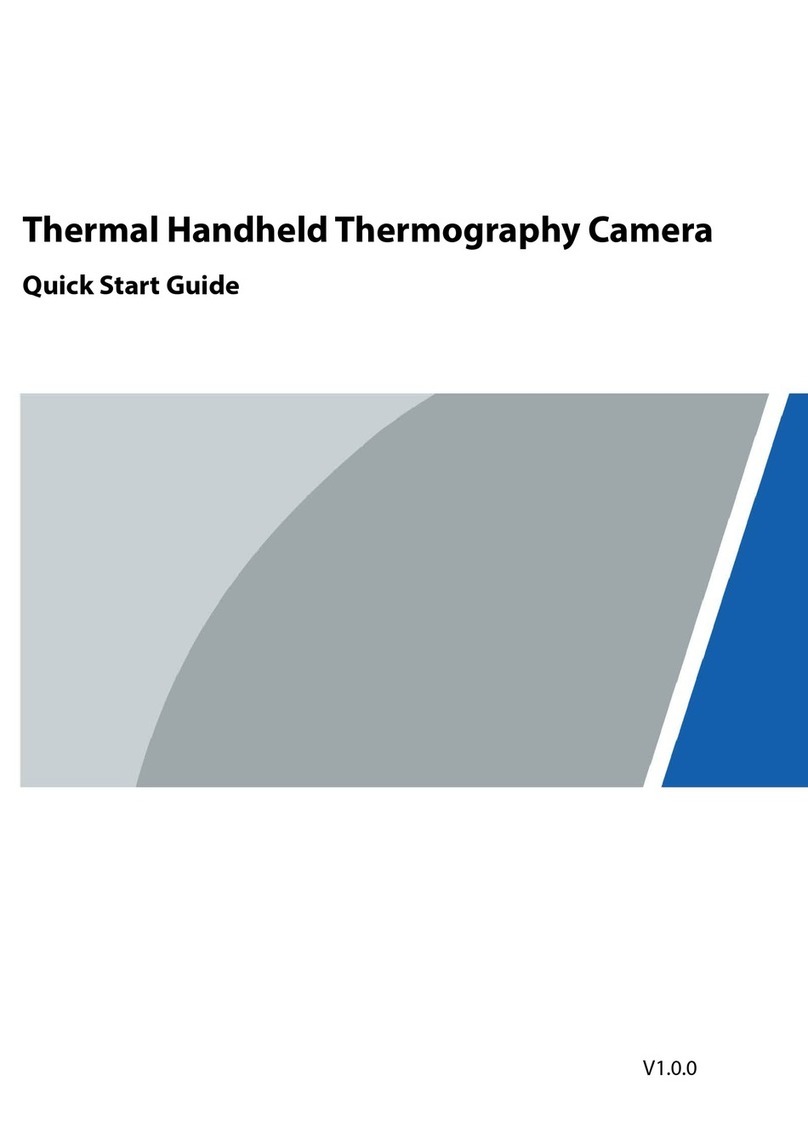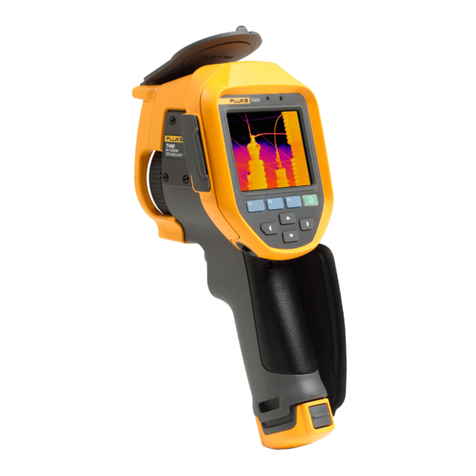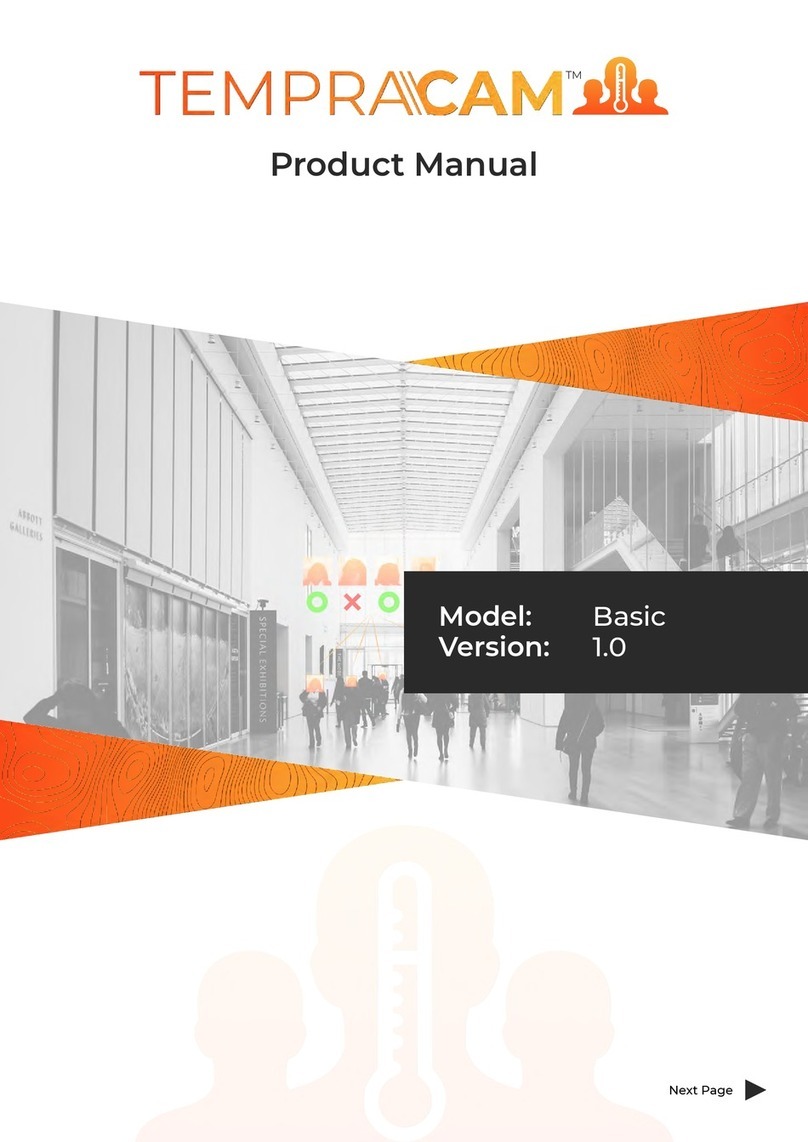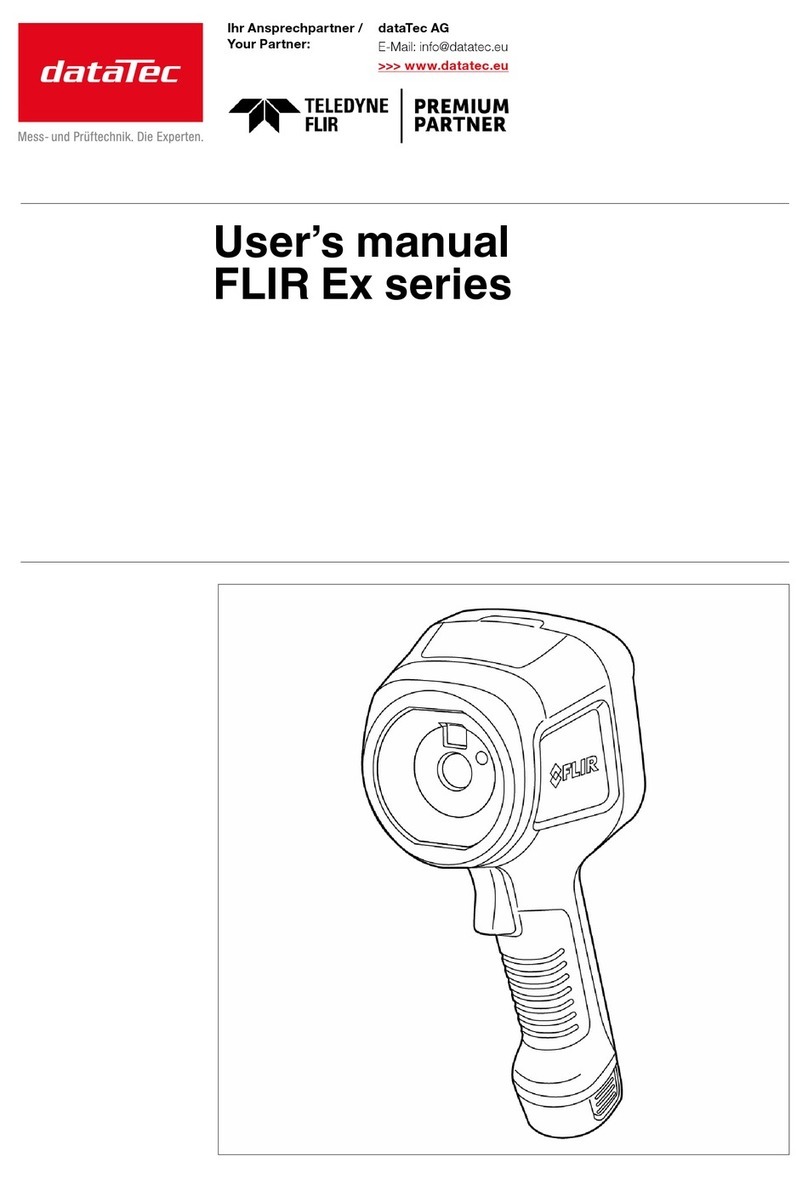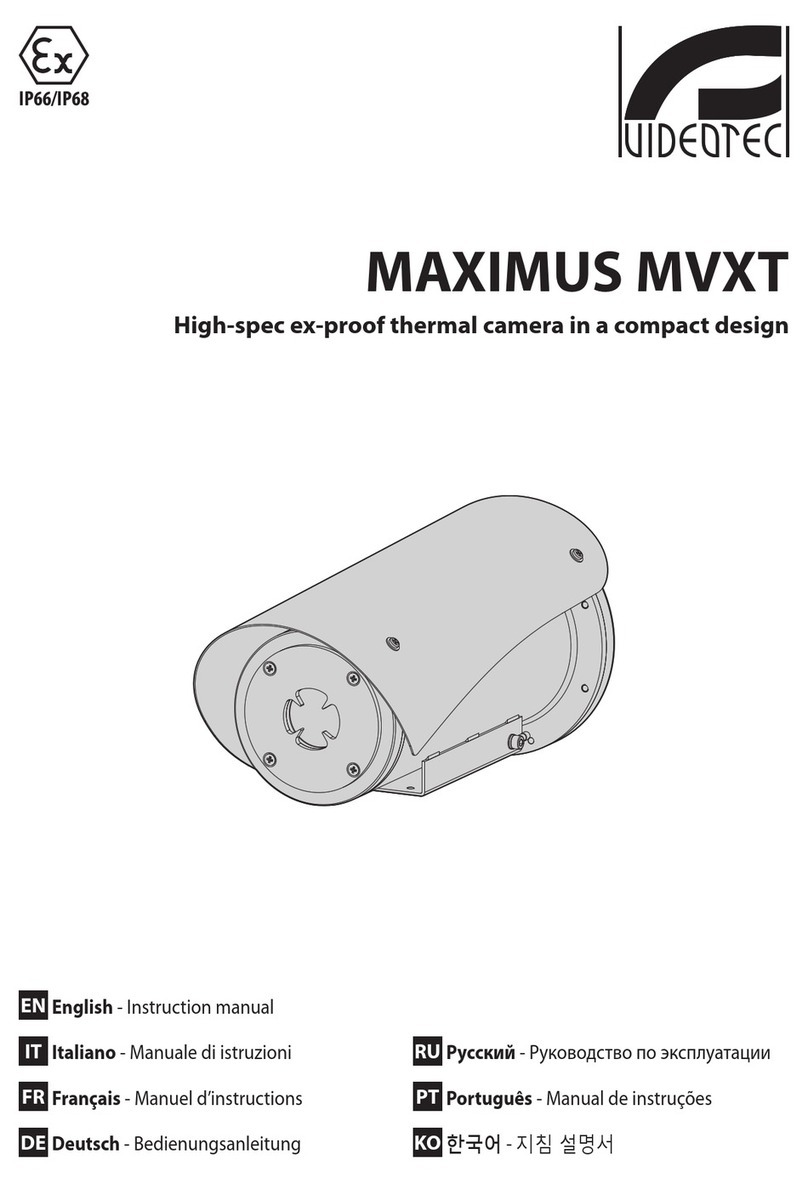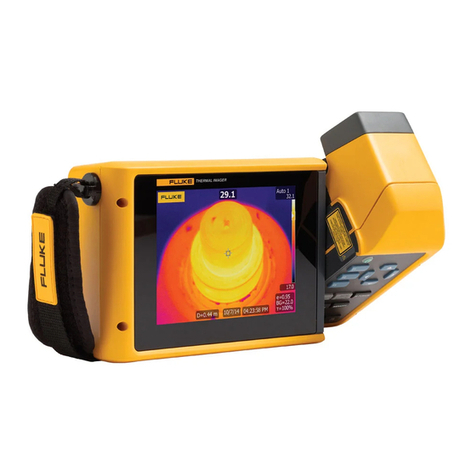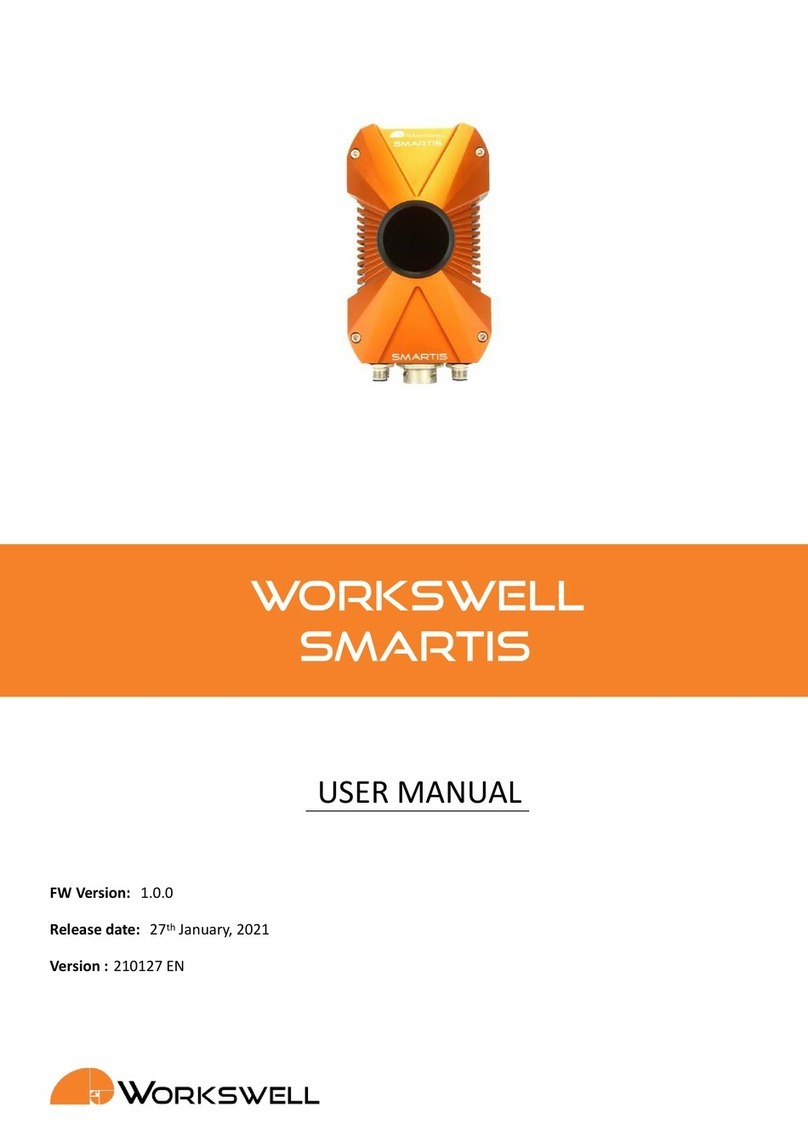
PTZ-35x140 User’s Guide 427-0011-00-10 Version 100
Table 1: Pelco D Command List
Also, refer to the User Controls for use with a Pelco KBD300A shown on the following page:
PTZ-35x140 Function KBD300 Pelco D Packet Pelco D Response
Pan/Tilt Drive Up FF 01 00 08 VV WW CK FF 01 00 CK
Down FF 01 00 10 VV WW CK FF 01 00 CK
Left FF 01 00 04 VV WW CK FF 01 00 CK
Right FF 01 00 02 VV WW CK FF 01 00 CK
UpLeft FF 01 00 0C VV WW CK FF 01 00 CK
UpRight FF 01 00 0A VV WW CK FF 01 00 CK
DownLeft FF 01 00 14 VV WW CK FF 01 00 CK
DownRight FF 01 00 12 VV WW CK FF 01 00 CK
Stop FF 01 00 00 VV WW CK FF 01 00 CK
Increments Focus closer Near button FF 01 01 00 00 00 02 FF 01 00 02
Increments Focus farther Far button FF 01 00 80 00 00 81 FF 01 00 81
Zoom In or Decreases FoV CW Joystick FF 01 00 20 00 00 21 FF 01 00 21
Zoom Out or Increases FoV CCW Joystick FF 01 00 40 00 00 41 FF 01 00 41
IR Polarity to Black Hot 1, Aux On FF 01 00 09 00 01 0B FF 01 00 0B
IR Polarity to White Hot 1, Aux Off FF 01 00 0B 00 01 0D FF 01 00 0D
Active Camera DLTV 2, Aux On FF 01 00 09 00 02 0C FF 01 00 0C
Active Camera IR 2, Aux Off FF 01 00 0B 00 02 0E FF 01 00 0E
Toggle: Plateau Values 3, Aux On FF 01 00 09 00 03 0D FF 01 00 0D
Toggle: AGC Type 3, Aux Off FF 01 00 0B 00 03 0F FF 01 00 0F
AutoFocus 4, Aux On FF 01 00 09 00 04 0E FF 01 00 0E
IR FFC 4, Aux Off FF 01 00 0B 00 04 10 FF 01 00 10
Toggle: LUT Palette 5, Aux Off FF 01 00 0B 00 05 11 FF 01 00 11
Toggle: AGC ROI 6, Aux On FF 01 00 09 00 06 10 FF 01 00 10
Toggle: Max Gain Value 7, Aux Off FF 01 00 0B 00 07 11 FF 01 00 11
